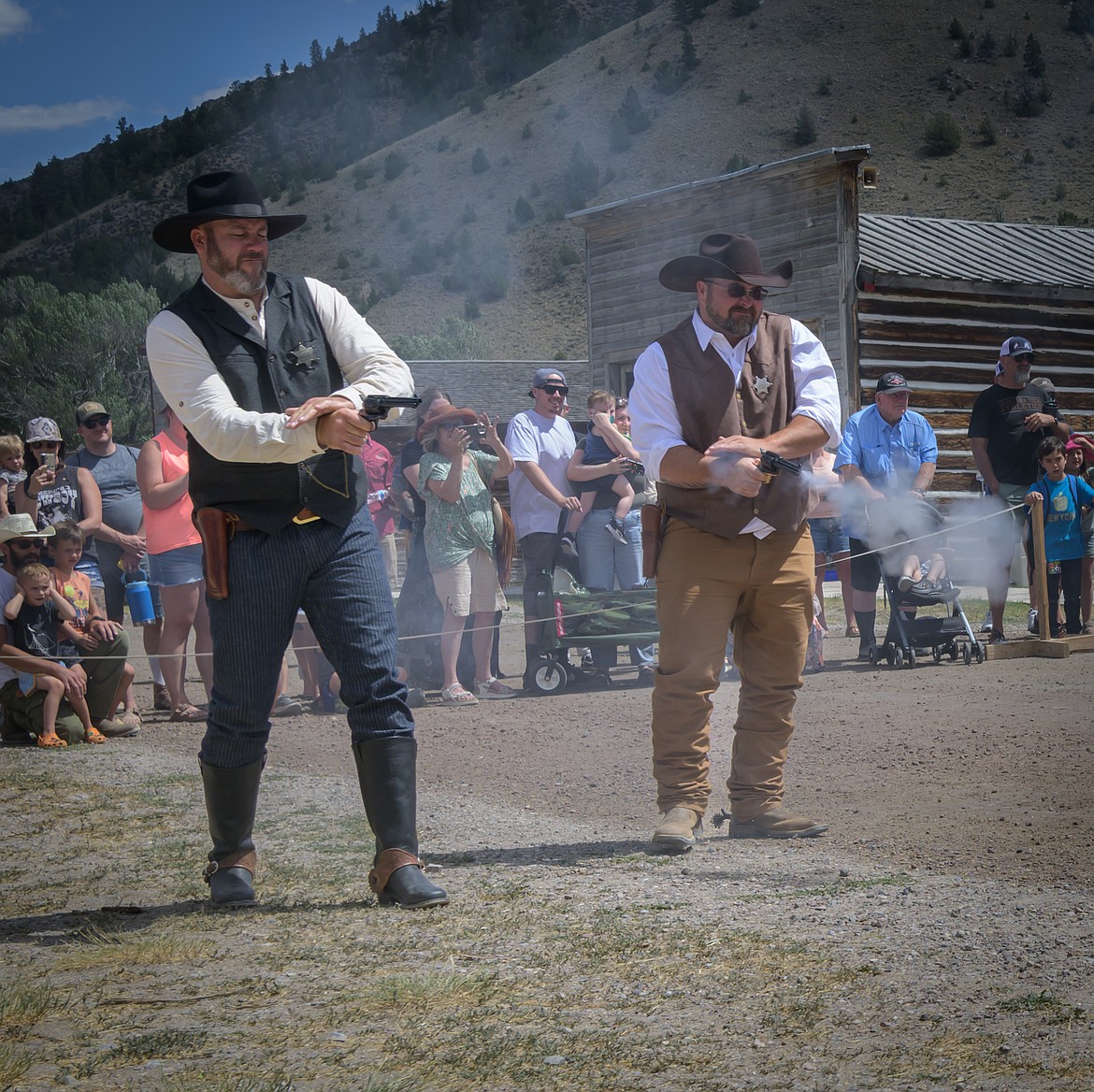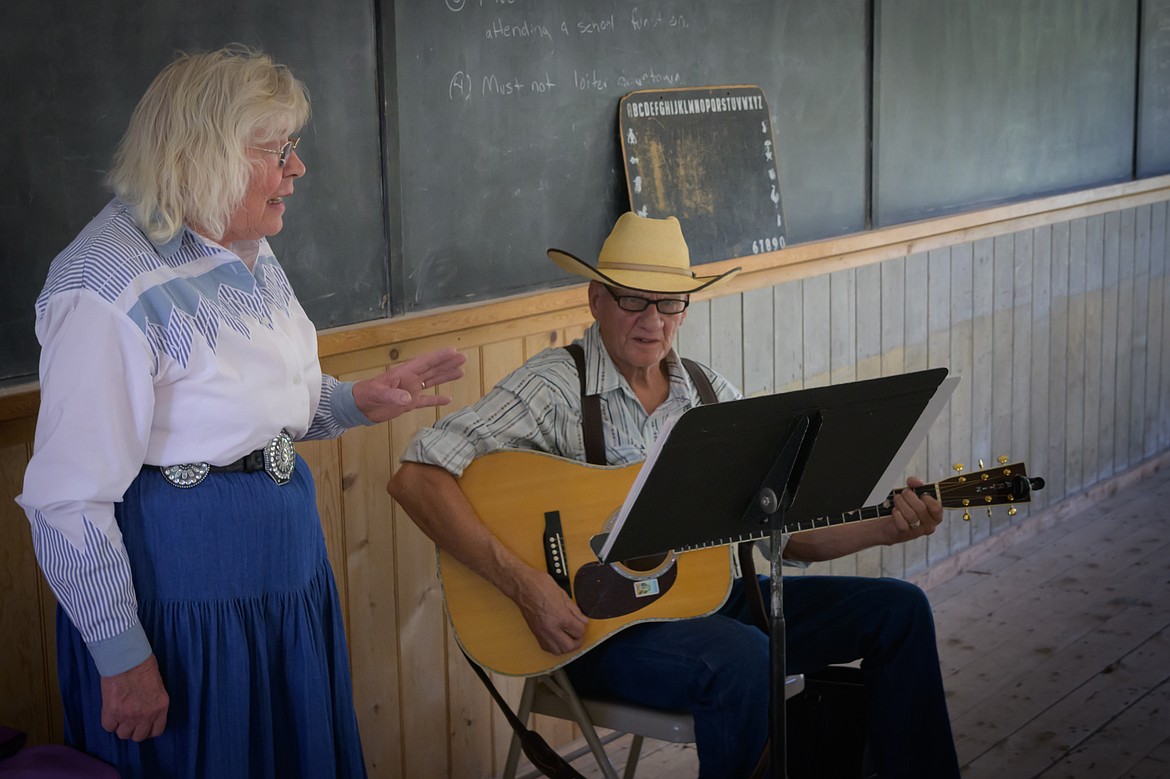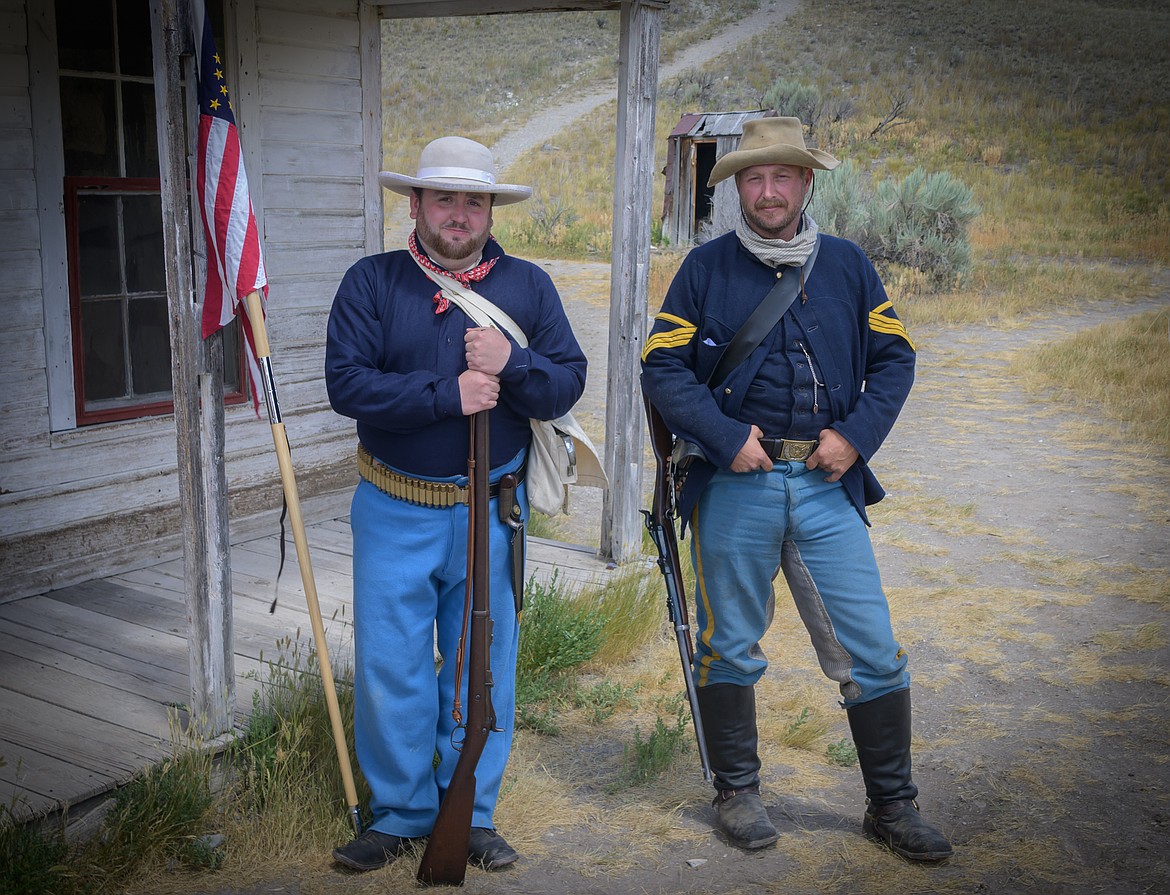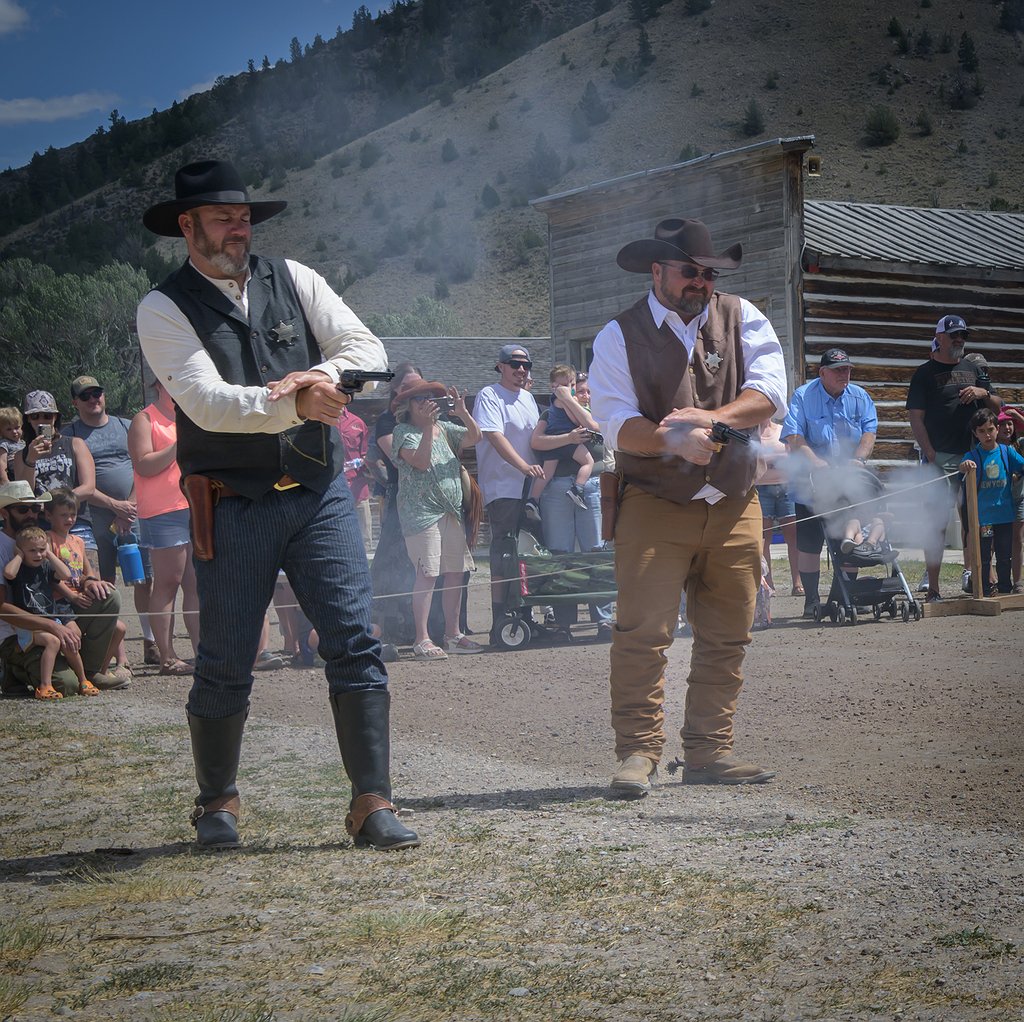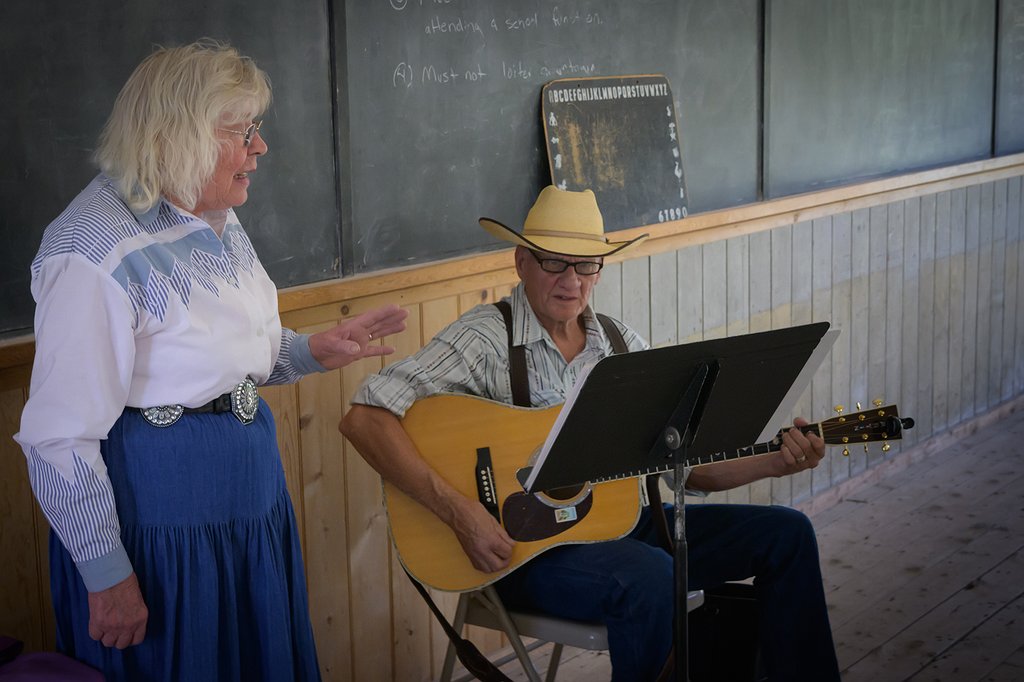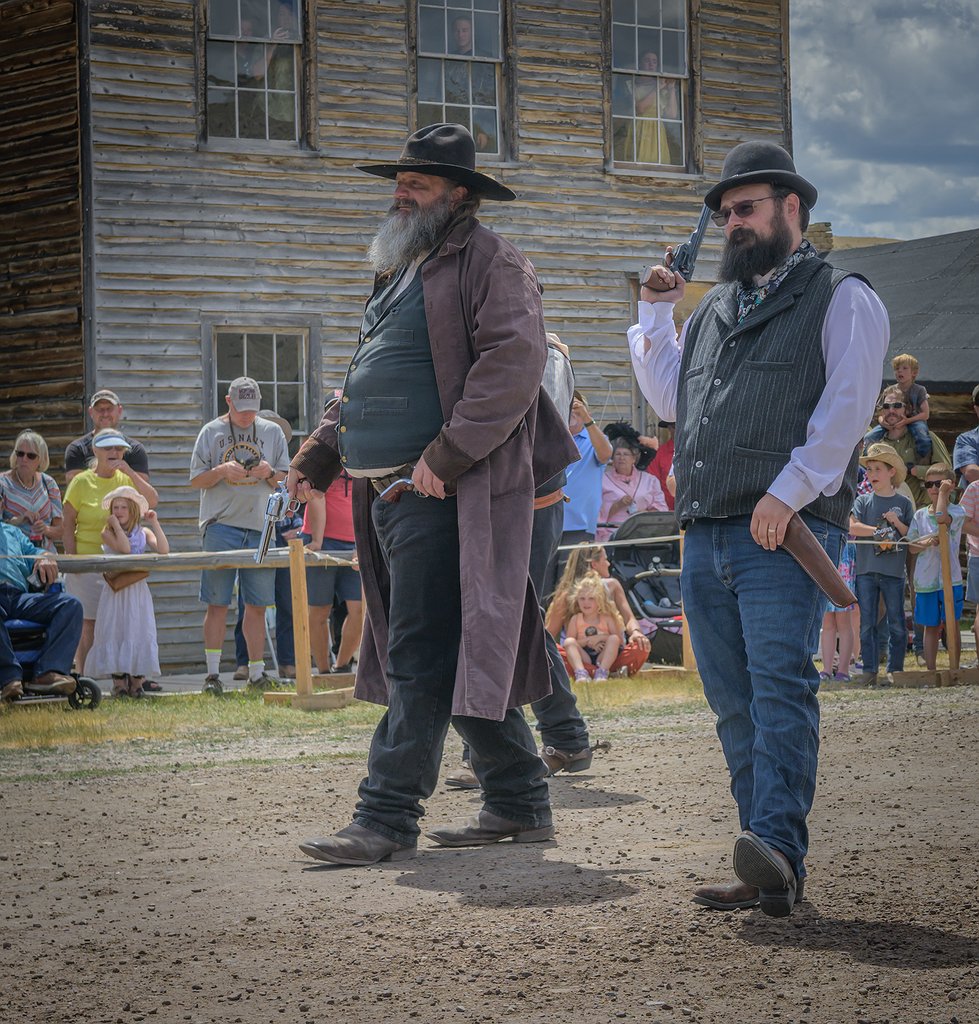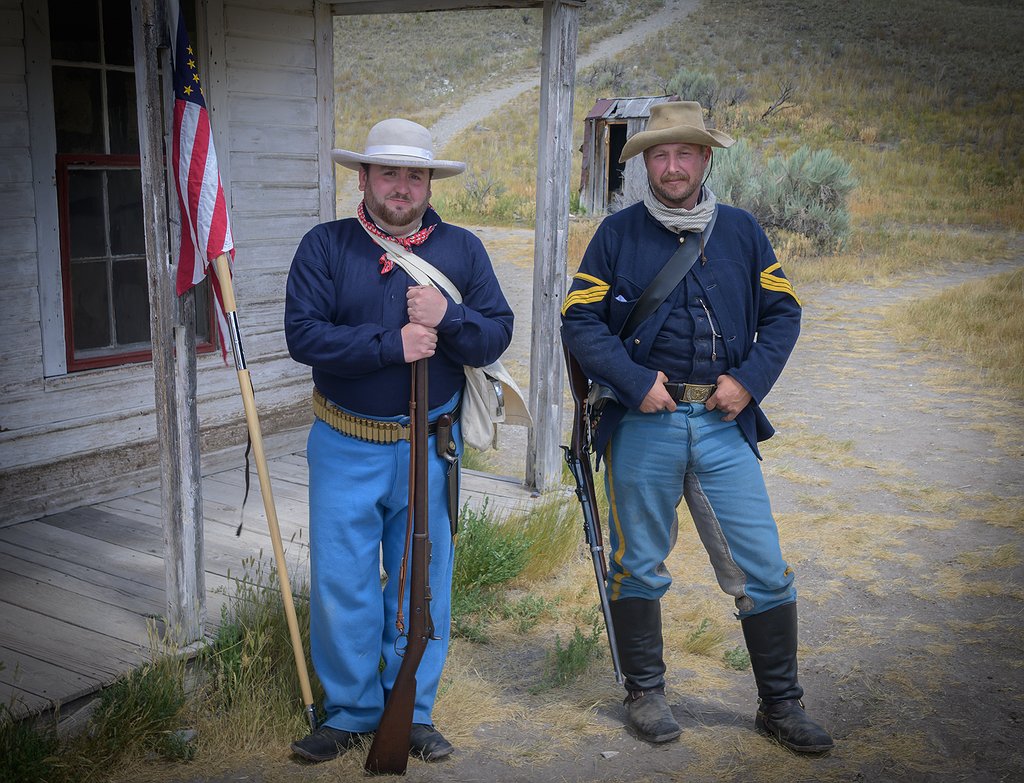Bannack Days: A town of gold, ghosts and grit
Running along the banks of Grasshopper Creek in Beaverhead County lie the remnants of a once-prosperous town — Bannack — the first territorial capital of Montana.
In early 1862, gold was discovered in the area, and the rush was on. The town was named after a local Native American tribe, and one of its early founders, Erasmus Leavitt, was a physician who gave up his profession — at least temporarily — to try his luck as a gold miner.
The gold strike along Grasshopper Creek set off a massive influx of prospectors and adventurers, swelling Bannack’s population to over 3,000 by 1863. But those early days were as dangerous as they were prosperous. With gold dust plentiful, outlaws were never far behind.
The town’s sheriff, Henry Plummer, was rumored to be the secret leader of a ruthless gang of road agents responsible for the murders of over 100 travelers between Bannack and Virginia City. His law enforcement career came to a swift and grim end on Jan. 10, 1864, when the Montana Vigilantes — Bannack’s newly formed Vigilance Committee — hanged him and two of his deputies.
With Plummer gone, Bannack began to stabilize and flourish. At its peak, the town boasted four saloons, a pool hall, a brewery, a grocery store, two meat markets, two livery stables, three blacksmith shops and three hotels.
Despite the boom, Bannack lost its status as Montana Territory’s capital in 1864 when Virginia City assumed the title. As the placer gold gave out, miners turned to hard rock mining. Over the following decades, the population gradually declined, and by the 1970s, the last residents had moved out.
The town might have faded entirely into the past were it not for a World War II veteran named Roy Herseth. When he moved to Bannack in 1968, he quickly developed a deep passion for preserving its rich history. Herseth worked tirelessly with local landowners and the State of Montana to establish Bannack as a National Historic Landmark and State Park. He became the park’s first full-time manager and began the restoration of many crumbling structures, helping to safeguard Bannack’s legacy.
This year, Bannack celebrates the 49th year of Bannack Days, held annually on the third weekend of July. This living history festival is powered by hundreds of volunteers from across the United States, who don period clothing to demonstrate what life was like in an 1860s mining town. Visitors can see everything from blacksmithing and hat-making to infantry encampments. Children can even try their hand at gold panning—some lucky ones walk away with a bit of “color.”
Musicians Lois Johnson and Russ King, both residents of Dillon, have been performing at Bannack Days for 10 years.
“I love it and love Bannack,” Johnson said. Trout Creek resident Ken Everett, a reenactor for nine years, stepped into a new role this year — as Bannack’s undertaker — bringing along a handmade pine casket. Meanwhile, longtime reenactor Pete Johnson marked his 49th year participating in the celebration.
Bannack State Park Manager John Phillips, who has been involved with Bannack Days for the past 21 years and has served as manager for the last two and a half, shared that the event can draw up to 8,000 visitors.
“Coming up on the second Saturday of January, the park will be reenacting a hanging,” Phillips noted. “And the third weekend in October will feature a ghost walk fundraiser hosted by the Bannack Association, which is now celebrating its 35th year of supporting the park.”
“It’s a lot of work,” Phillips added. “But I really like the festival because it’s very much a tradition. People love coming out here for this. People enjoy it — and that’s what we’re here to do: support the public.”


